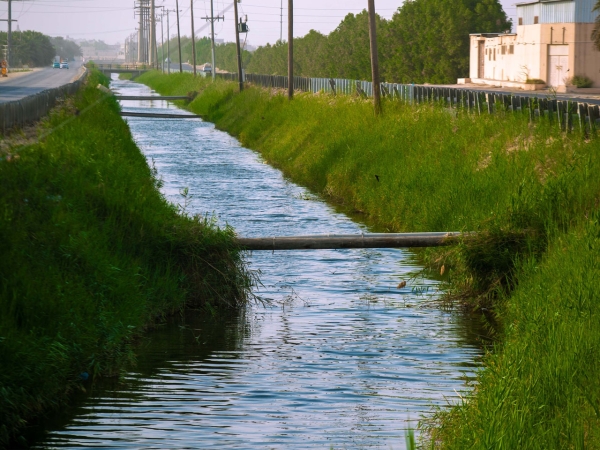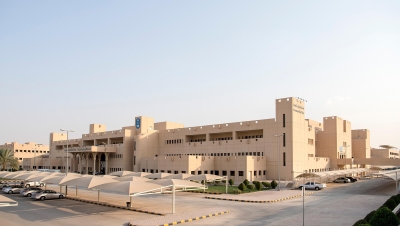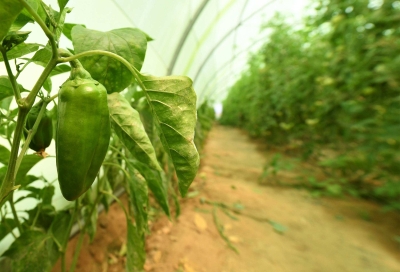

Al-Ahsa Water Springs are natural springs that once formed a traditional irrigation network in al-Ahsa Governorate in the Eastern Province before the implementation of the irrigation and drainage project. The agricultural oases in the governorate relied on approximately thirty natural springs, some of which continue to flow.
Al-Ahsa Irrigation and Drainage Authority (formerly), which is currently the Saudi Irrigation Organization collaborated with the Saudi Tourism Authority to transform the water springs in the governorate into tourist destinations that welcome visitors and tourists. These springs include Ain Najm, Ain al-Haqel, al-Jawharia, and Ain al-Harrah.
Importance of al-Ahsa water springs
Some farms in al-Ahsa Oasis still rely on natural spring water for irrigation. Additionally, people visit these water springs for swimming and holding various local social events.
The springs vary in temperature; some are warm, such as Ain al-Harrah, Umm Sab’ah, and al-Khadood. Others are cold, like Ain Ali and the springs of Bani Ma’an. There are hot springs, like Ain Najm, which is known for its sulfuric water.
Among the water springs in al-Ahsa is Ain Umm Sab’ah, whose waters flow from seven streams. It is used for irrigating farms and hosting weddings. When one of al-Ahsa people gets married, his friends take him to the spring, for the groom and the invitees to bathe. Also, there are the sulfuric Ain Najm, with hot waters, which is visited for therapeutic purposes, Ain al-Jawharia, located in al-Mutairfi Village, and Ain al-Khadood.
Small water springs in al-Ahsa
Al-Ahsa Governorate is home to many springs. However, most of them have dried up due to water scarcity. Some are smaller springs like Ain al-Tarikki in al-Fudul, Ain Umm Khunur in Bani Ma’an and Swaidrah, Ain Umm Jamal, Ain Lahmet al-Sayyadah, Ain Umm al-T'adid, Ain Bilal, Ain al-Zo’abalah, Ain Qarat al-Rukban, Ain Atiyah, Ain Umm al-Leef, Ain Umm al-Khais, Ain Ali and Bani Nahu, Ain al-Zawawi, Ain al-Shaqiq, Ain Murjan, Ain Umm Mohammed in al-Fudul Village, Ain Farihah located half a km east of al-Hufuf, Ain Umm Khuraisan on the Royal Street, Ain Bahjat also known as Ain al-Jazeera, Ain Mansour near Ain Umm Sab'ah, Ain al-Hawar in al-Mutairfi, and Ain Murjan in al-Mubarraz.
Al-Ahsa water springs production
The output of the water springs in al-Ahsa reached its peak in 1967 when they pumped around six hundred thousand m³ of water per day. However, their production has declined for various reasons, and some springs have dried up.
Related quizzes

